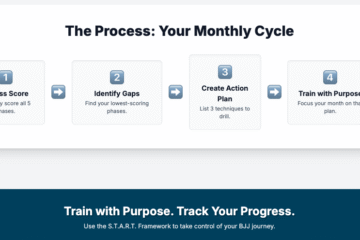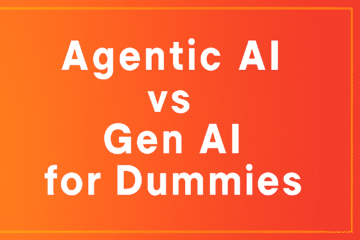Part 2: From Idea to Blueprint – Why the PRD is Your Most Important Prompt
In any development project, the temptation to jump straight into coding is strong. You have an idea, you’re excited, and you want to see results. However, my primary goal was to learn how to collaborate effectively with an AI assistant, and I knew that vague, iterative prompts would lead to a frustrating, circular process.
That’s why the first real step of this project wasn’t writing code; it was writing a plan. I created a Product Requirements Document (PRD) to serve as the single source of truth—the “master prompt”—for the entire build.
The Power of a Detailed “Master Prompt”
Instead of asking the AI, “Build me an image resizer,” which would yield a generic and likely useless result, the PRD allowed me to provide a rich, detailed context. It forced me to think through the user’s needs, the core features, and the technical architecture before we began. This upfront investment paid off tenfold during the development and debugging phases.
Key Sections of Our PRD
Our PRD was broken down into several key sections that gave the AI all the information it needed.
1. The User Persona: We defined our target user, “Alex,” a freelance social media manager. This simple step helped anchor the feature set to a real person’s needs and pain points, preventing feature creep.

2. Core Features (MVP): We clearly defined the Minimum Viable Product. This wasn’t a wish list; it was a concrete set of deliverables for the first version of the app.

3. Technical Architecture: This was the most critical section for the AI. We explicitly defined the technology stack, which removed all ambiguity and allowed the AI to generate code that was immediately relevant to our plan.
By specifying a Python/Flask backend on Cloud Run and a single index.html frontend, we set clear boundaries. The AI didn’t have to guess whether we wanted React, Angular, or another framework. It knew exactly what to build.
from flask import Flask
app = Flask(__name__)
@app.route('/')
def hello_world():
return 'Hello, World!'
[Code snippet of the initial, simple HTML boilerplate with Tailwind CSS CDN link]
<!DOCTYPE html>
<html lang="en">
<head>
<meta charset="UTF-8">
<title>My App</title>
<script src="[https://cdn.tailwindcss.com](https://cdn.tailwindcss.com)"></script>
</head>
<body>
<h1 class="text-3xl font-bold">Hello World!</h1>
</body>
</html>In the next part of this series, we’ll take this blueprint and use it to lay the foundational infrastructure in Google Cloud Platform. We’ll create our project, enable the necessary APIs, and set up our storage bucket, preparing the ground for our first deployment.


0 Comments